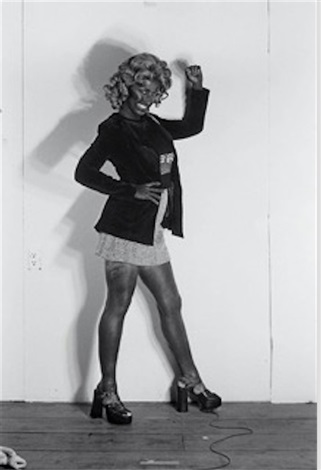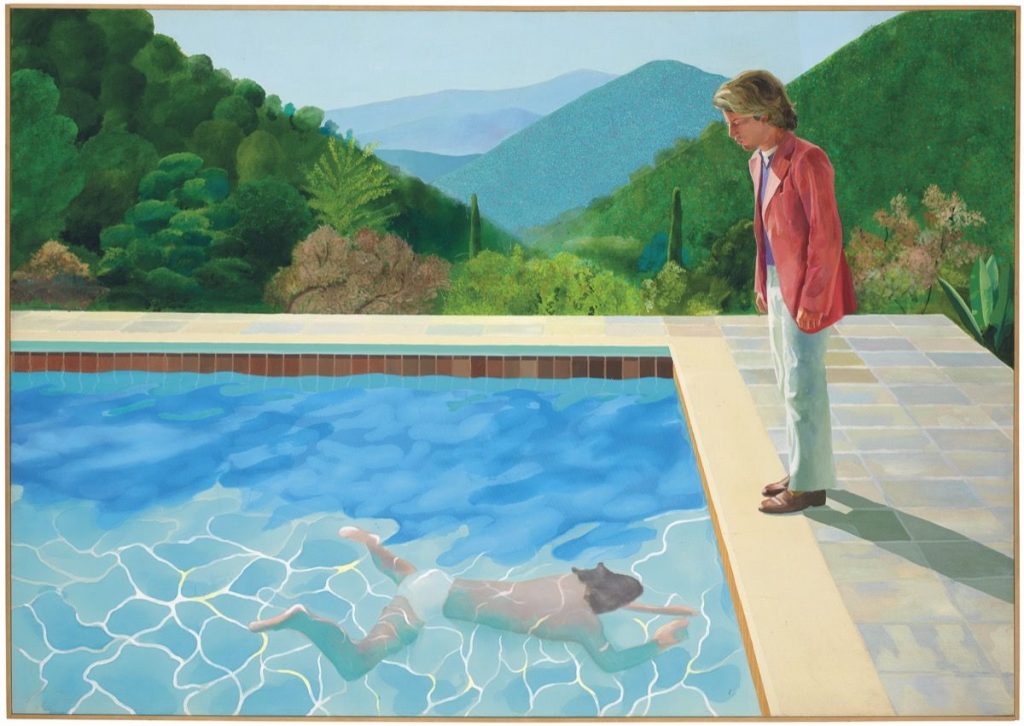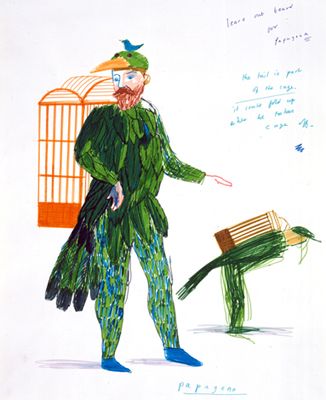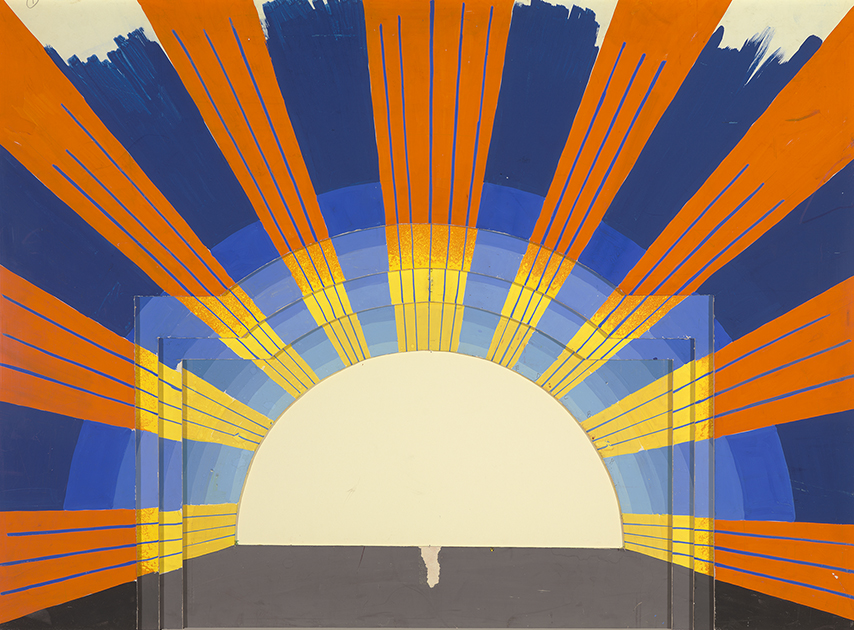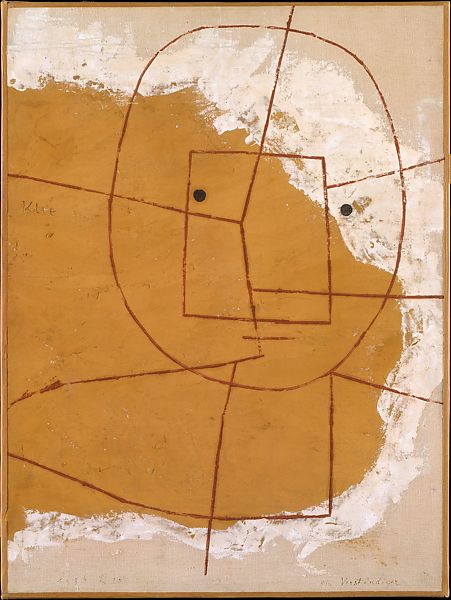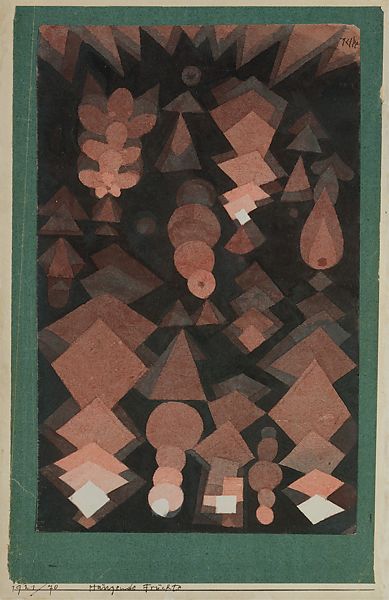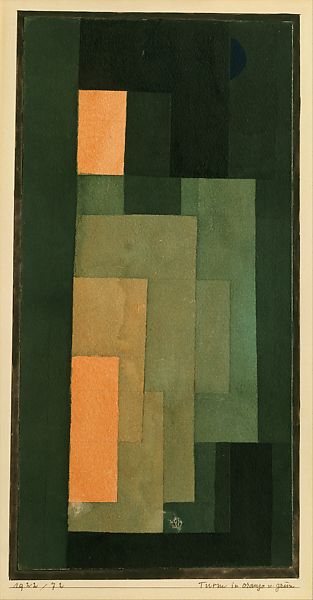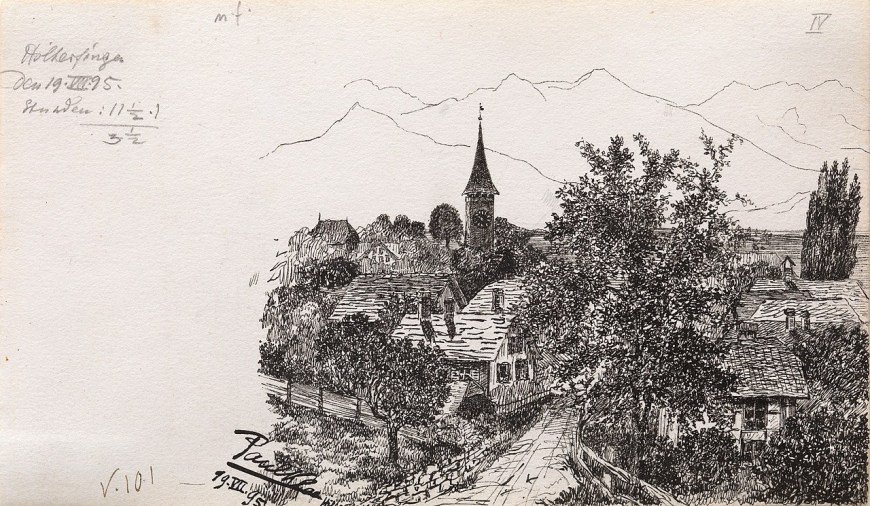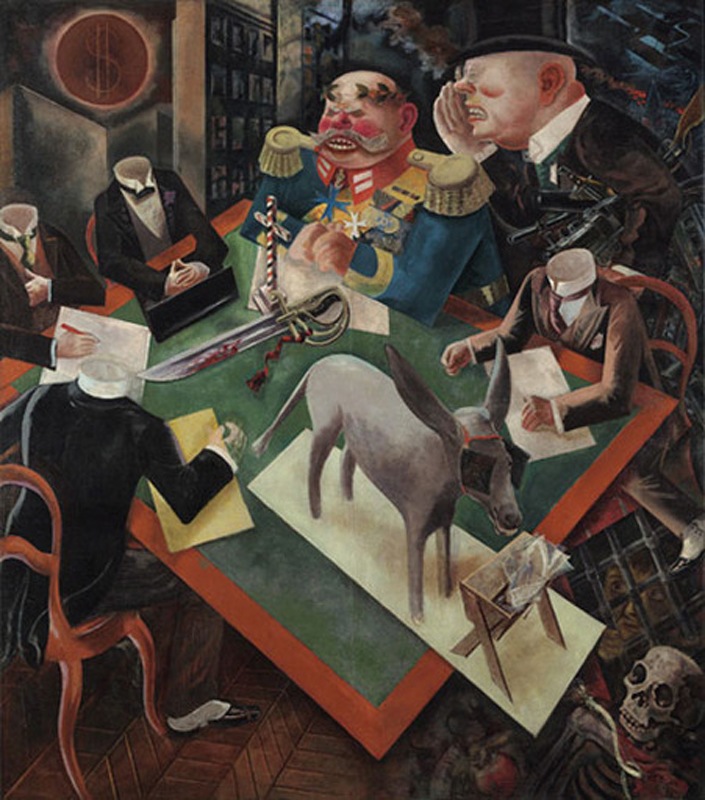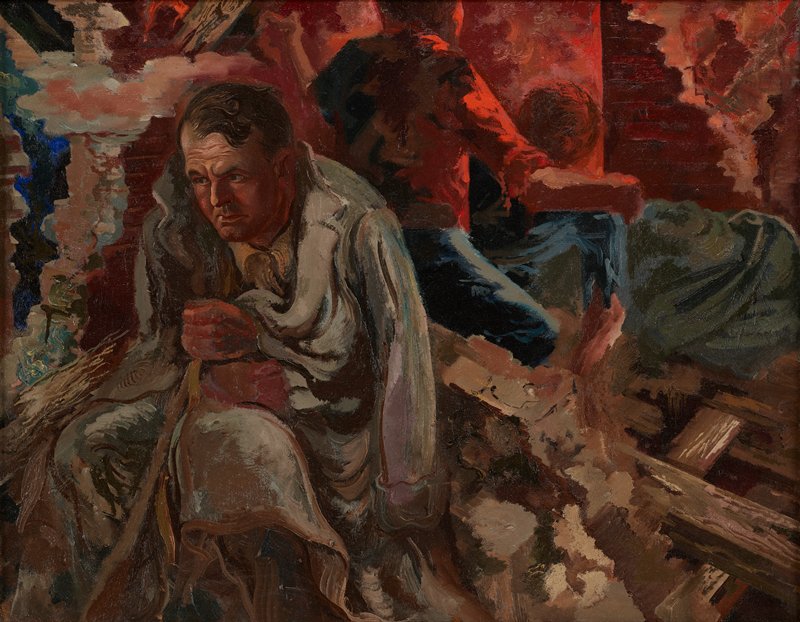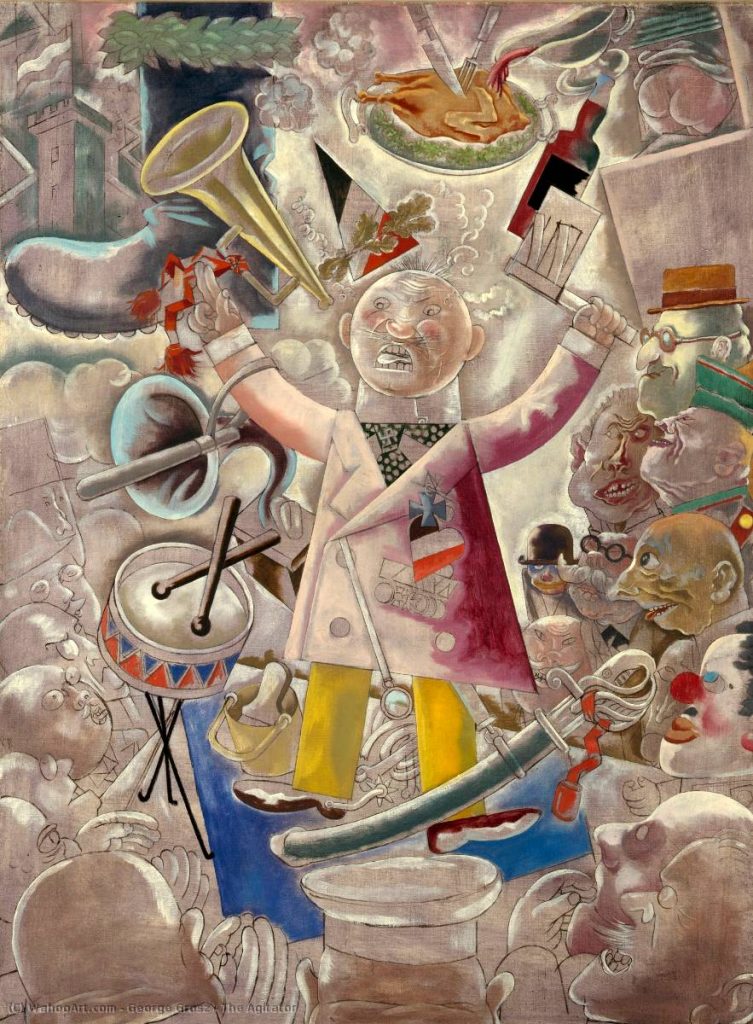Cindy Sherman was born on January 19, 1954, in Glen Ridge, New Jersey. She is an American photographer and she is well known for her self portraits where she dresses up as stereotypical versions of other people, most often women. She attended the State University of New York in 1972 and majored in painting before switching to photography. One of her most well known works is Untitled Film Stills (1977 – 1980), where she dresses in wigs and outfits that fit the stereotypical depictions of women in media during the time. She says that the piece is meant to be “about the fakeness of role-playing as well as contempt for the domineering ‘male’ audience who would mistakenly read the images as sexy.” She continues to take photographs of her own self dressed up in costume and shares many of them online.
I understand her desire to explore the stereotyping and the generalization of women in media as well as attacking the normalcy of it all. I admire that aspect of her work, however I can’t say I am completely comfortable with viewing the photos, as they have very uncomfortable and unnerving looks to them, However, that’s the whole point of her work so I understand why her pieces need to shock and disturb. Acknowledging all of this, I have to say that I do not like her. Some of her work is nice, but I also think that some of her work is extremely distasteful. She has a series called Bus Riders (1976) where she takes multiple photos in blackface. I can’t agree with her work, and I haven’t seen any type of apology or explanation from her either that would help me understand her perspective on the issue. So while I can acknowledge some of her art, I can’t say that I support her.


